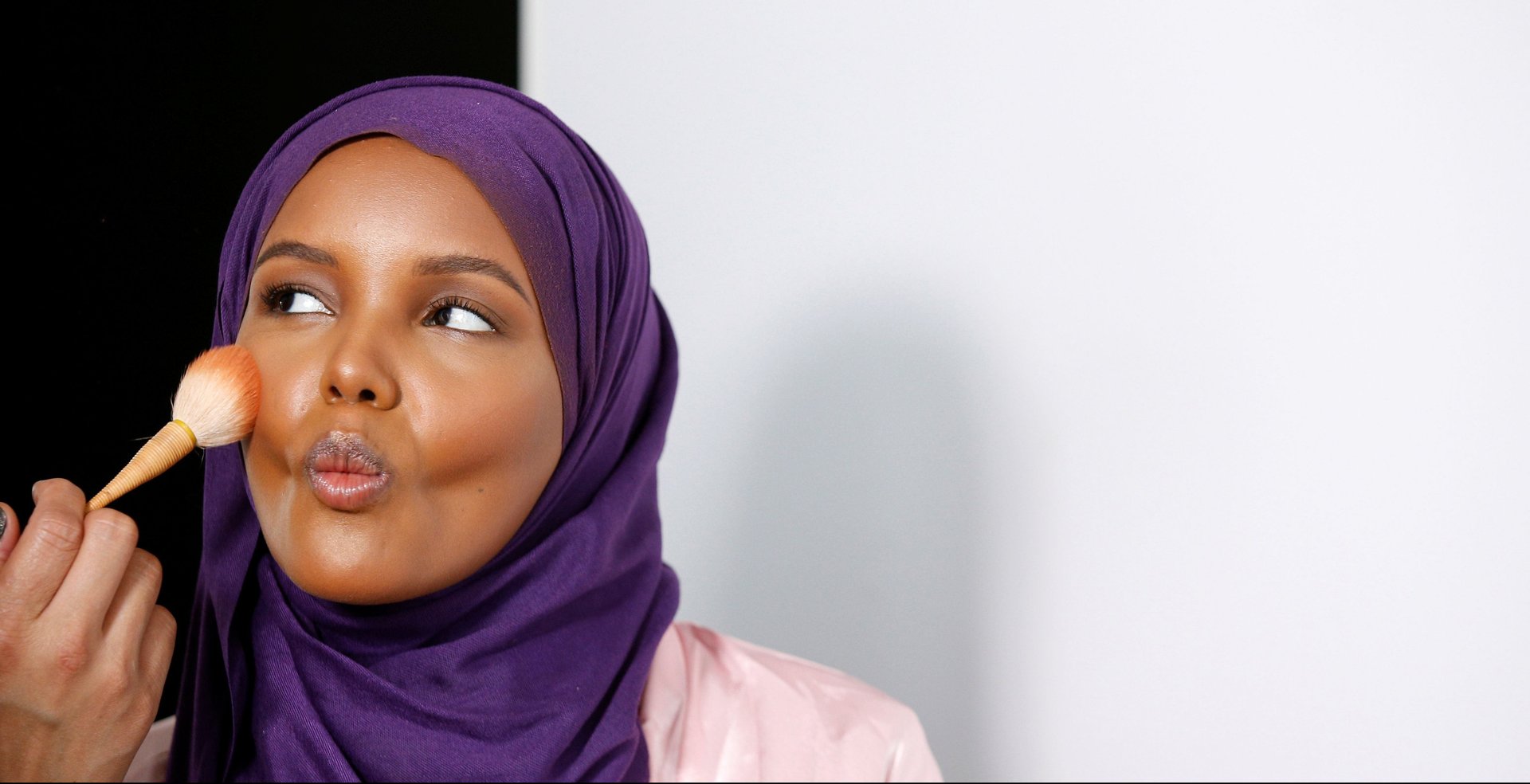Luxury fashion’s next frontiers are size inclusivity, modesty, and diversity
Rewind a few decades, and the main thing shoppers looked for when they bought from luxury brands was a top-notch product.


Rewind a few decades, and the main thing shoppers looked for when they bought from luxury brands was a top-notch product.
Now fast-forward to 2025, and management-consulting firm Bain & Company predicts that just as vital, if not more so, will be how much shoppers feel the brand behind the product connects with them on a cultural level, whether it has a strong point of view that aligns with their values, and how effective it is at communicating all this to them.
The dynamic reflects the shift that’s taken place in the balance of power between customers and corporations, driven largely by technology and social media. Luxury used to be defined by exclusivity, and while that’s still true in that brands rely on limited quantities and high prices to keep their products desirable, it’s no longer true in the way they have to treat their potential customers.
In its latest semi-annual study on the luxury market, released today (Nov. 15), Bain points to the necessity of speaking directly to different groups and cultures as one of the key trends defining luxury in the years ahead. Competition is only getting tougher between brands right now. Bain calculates that the global market for personal luxury goods will grow about 3% to 5% per year through 2025, reflecting a “new normal” of more modest growth than the industry enjoyed a few years ago. Among the shifts to shape luxury for the next few years, it forecasts, are the continued rise of the Chinese market, a generational turnover as younger consumers become luxury’s primary buyers, and culture increasingly defining what people buy.
“I think that this is definitely one of the key macro trends that is reshaping, and will reshape, the luxury market, and fashion in general,” says Federica Lovato, a partner at Bain and co-author of its semi-annual luxury study. Holding—and communicating—a clear point of view on cultural and political issues, she adds, “will become more and more important, and the key drivers for customers to choose one brand over the other.”
The growth of modest and modest-accepted fashion—clothes that might not be designed explicitly as modest fashion but still satisfy its demands—is one example. The woman buying these clothes isn’t just shopping for style and quality, but also based on religion and culture. Today there are sites like The Modist that cater specifically to her, while luxury labels are creating marketing campaigns and exclusive modest designs to attract her business. Bain estimates that 40% of women’s luxury ready-to-wear can already be categorized as modest or modest-accepted fashion. (It helps that overly sexy clothes feel a little tone-deaf and old-fashioned in the present moment.)
Another example is the expanded range of sizes luxury brands are offering as they work to convince women they’re listening to and serving all their needs, not just those from size 0 to 12. There’s still a lot of work to be done in this arena; Bain says that about 20% of the luxury ready-to-wear market has inclusive sizing. But that figure seems to be growing. More labels are making extended sizes, and last year saw the launch of 11 Honoré, a multi-brand luxury site that carries sizes 10 to 20. Its most popular size is 20, it told WWD recently (paywall), so it’s urging the more than 80 luxury labels it sells to extend their sizing even further.
Lovato says other examples of culture driving what people buy include the push for sustainability, the move among brands to ditch fur, and the emphasis on diversity.
These are not all parallel categories. But the point is that they’re not about the product itself. If a brand isn’t putting a diverse group of models in its ads, or showing that it considers its environmental impact, customers who care about these things are far less likely to buy what the brand is selling, no matter how nice the materials are. Or as Bain puts it in the report, “Cultures will eat (product) strategy for breakfast.”
The generational turnover remaking the composition of luxury shoppers is pushing this dynamic. Bain forecasts that millennials and gen Z will make up about 55% of luxury buyers in 2025, and will be the force fueling all its growth. On the whole, these generations tend to be much more demanding. They want to know they’re being heard and represented, which means brands practically have to speak to every group individually.
Technology and social media, which changed the power dynamic between brands and shoppers by giving those shoppers a voice to talk back, are also enabling brands to respond. They can speak directly to different groups in different posts and on different channels, and they can use data to tailor their marketing to the customer seeing it more than ever.
The result is that there isn’t just one formula for success. Every brand has to know who its customers are and what they want. ”It’s definitely important that luxury brands acknowledge that the years of one-size-fits-all communication and marketing is over,” Lovato says.